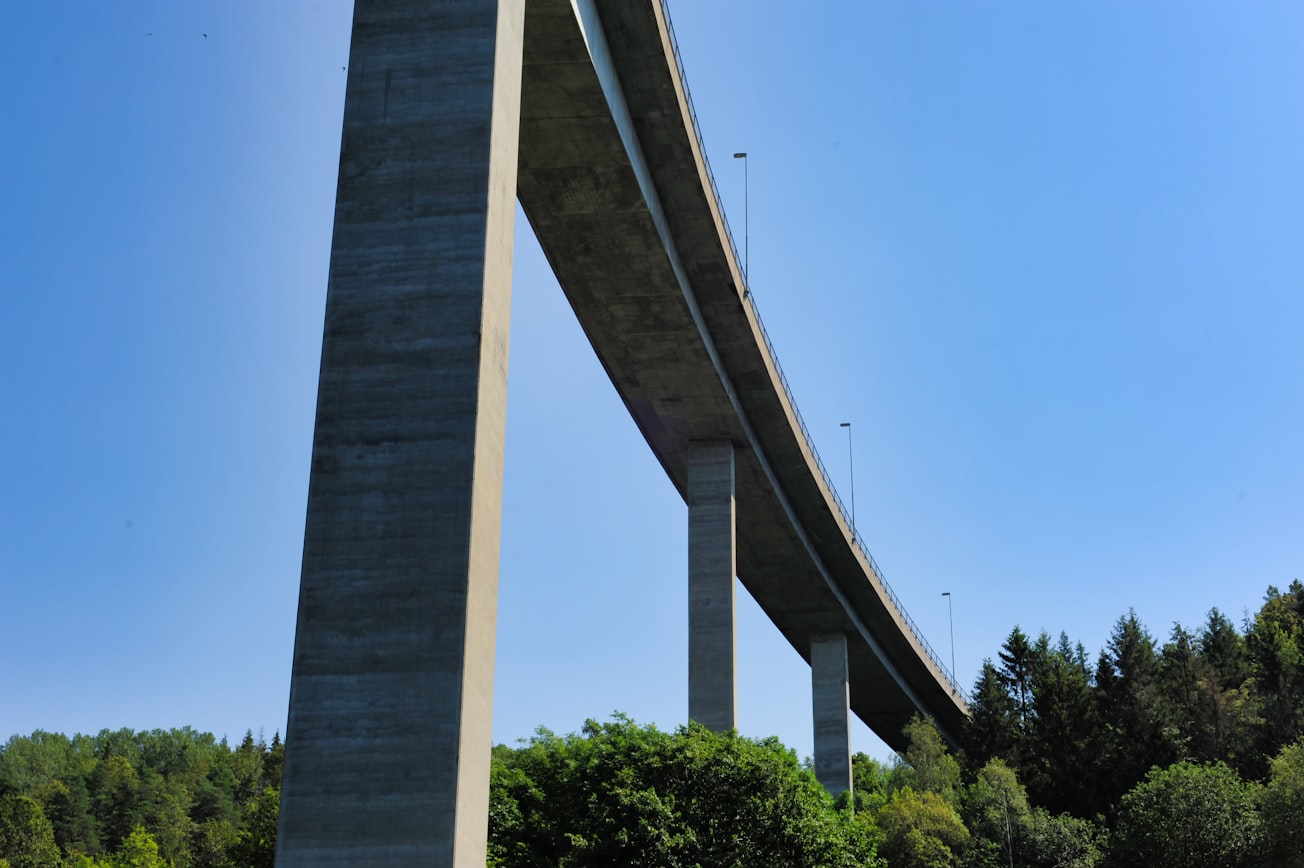What is it about?
The topic of paper is bond and re-anchoring of post tensioned tendon in case of strand failure inside cement grouting with voids. In the study the a set of tests were conducted to find how does the incomplete grouting affect on bond and re-anchoring of steel tendon. In this paper it is shown that failed tendons can re-anchor within limited length in incomplete grout.
Featured Image

Photo by Gunnar Ridderström on Unsplash
Why is it important?
Grouted tendons are commonly used in construction of bridges and other structures. The quality of grouting is essential to provide the durability and robustness of the structure. A defetive grout can make tendon strands prone to corrosion and failure. In this paper, the bond and re-anchoring of post-tensioned tendons in grout in case of tendon failure is assessed. A limited re-anchoring length of tendon in incomplete grout increases the robustness of the structure, as the broken tendon can maintain its effectiveness outside of the failure region.
Perspectives
In this study the bond and re-anchoring length of pre-stressing strands in grout is presented. The suitability of existing calculation theory for single strands in concrete is verified for multiple strand tendon in grout and grout with defects. I hope the engineers working with bearing capacity assessment of post tensioned structures with doubt of strand failure can find the results of this study useful.
Olli Asp
Tampereen yliopisto
Read the Original
This page is a summary of: Bond and re‐anchoring tests of post‐tensioned steel tendon in case of strand failure inside cement grouting with voids, Structural Concrete, April 2021, Wiley,
DOI: 10.1002/suco.202000351.
You can read the full text:
Resources
Contributors
The following have contributed to this page







